How to maintain a Jackery Portable Power Station for optimal performance?
Understanding the Jackery Portable Power Station
The Jackery Portable Power Station is a versatile and reliable power source that allows you to charge and power various devices on the go. With features such as multiple AC outlets, USB ports, and a built-in flashlight, it provides users with a range of capabilities to meet their power needs. By properly maintaining the power station, you can ensure optimal performance and prolong its lifespan. Here are some key steps to follow:
- Keep it clean: Regularly wipe the exterior of the power station with a soft, dry cloth to remove dust and dirt. This will prevent any debris from entering the vents and affecting the internal components.
- Charge it regularly: To maintain the battery health, it’s important to charge the power station regularly, even when not in use. This helps to prevent the battery from fully draining, which can lead to decreased performance and capacity over time.
- Avoid extreme temperatures: The Jackery Portable Power Station operates best within a temperature range of 32°F to 104°F (0°C to 40°C). Avoid exposing it to extreme heat or cold, as this can impact its performance and potentially damage the battery.
- Store it properly: When not in use, store the power station in a cool and dry place. Avoid storing it in direct sunlight, as prolonged exposure to heat can degrade the battery’s performance.
- Follow the manufacturer’s instructions: Read and follow the user manual provided by Jackery for any specific maintenance instructions or precautions. This will help you understand the power station’s features and ensure you are using it correctly.
By following these maintenance tips, you can maximize the performance and longevity of your Jackery Portable Power Station, ensuring that it remains a reliable power source for your outdoor adventures, emergencies, or everyday use.
Inspecting the Power Station
Regularly inspecting the power station is crucial to ensure its safe and efficient operation. By conducting thorough inspections, we can identify any damage or signs of wear that may lead to malfunctions or accidents. To help you during your inspections, here is a checklist of items to look for:
- Loose connections: Check all electrical connections, including cables, wires, and terminals. Ensure they are securely fastened and there are no signs of looseness or corrosion.
- Cracked casing: Examine the power station’s casing for any cracks or physical damage. This could indicate structural weakness or potential hazards. Take note of any cracks and report them for further evaluation and repairs.
- Malfunctioning indicators: Test all the indicators, such as lights, displays, and gauges, to ensure they are functioning correctly. Any malfunctioning indicators should be repaired or replaced promptly to avoid inaccurate readings or operational issues.
For example, when inspecting the connections, gently tug on each cable or wire to check for any looseness. If you encounter a cracked casing, take a picture to document the damage and notify the appropriate personnel. Finally, test each indicator by turning them on or off and observing their behavior.
Remember, regular inspections are essential for maintaining the power station’s integrity and preventing potential hazards.
Cleaning the Power Station
To clean the power station, follow these steps:
- Turn off the power: Before starting the cleaning process, it’s essential to turn off the power supply to ensure your safety.
- Gather necessary supplies: Grab a soft cloth or brush that is suitable for delicate electronics. Avoid using rough or abrasive materials that could scratch or damage the power station.
- Remove dust and debris: Gently wipe or brush off any dust and debris from the power station’s surfaces. Pay attention to ventilation areas, cooling fans, and any visible openings where dust tends to accumulate.
- Avoid water and cleaning agents: It’s crucial not to use water or any cleaning agents that could potentially harm the power station’s components. Moisture can cause electrical shorts or damage sensitive circuitry.
By following these steps, you will ensure a safe and effective cleaning process for your power station, keeping it free from dust and debris without risking any damage.
Checking Battery Health
To check the battery health of your power station, follow these steps:
- Monitor the battery level:
- Press the power button to turn on the power station.
- Look for a battery level indicator on the display or LED lights.
- If the battery level is low, it may indicate that the battery needs to be charged or replaced.
- Measure the battery voltage:
- Use a multimeter set to DC voltage mode.
- Connect the positive lead of the multimeter to the positive terminal of the battery.
- Connect the negative lead of the multimeter to the negative terminal of the battery.
- Read the voltage displayed on the multimeter.
- Compare the measured voltage to the recommended voltage for your power station. A significant deviation may indicate a battery issue.
- Assess the charging efficiency:
- Charge your power station fully, following the manufacturer’s instructions.
- Note the time it takes to charge the battery completely.
- Compare the charging time to the estimated charging time provided by the manufacturer. If it takes significantly longer to charge, it could indicate a decline in battery efficiency.
Interpreting battery health indicators:
- Green light: Battery is healthy and functioning optimally.
- Yellow light: Battery health is decreasing, consider monitoring it closely.
- Red light: Battery health is critically low, and it may be necessary to replace the battery.
Remember, if you notice any significant changes in battery level, voltage, or charging efficiency, it’s best to consult the manufacturer or a professional technician for further guidance.
Maintaining Proper Storage
To properly store your power station and ensure its longevity, it is crucial to follow a few key steps:
- Choose the right storage location: Find a cool, dry area away from direct sunlight. This will help prevent excessive heat, moisture, and UV damage, which can degrade the battery and overall performance of your power station.
- Fully charge before storing: Before long-term storage, make sure your power station is fully charged. This will help maintain battery health and prevent it from falling into a deep discharge state, which can be detrimental to the battery’s capacity.
- Disconnect and protect: If your power station has removable batteries or components, disconnect them before storing. This prevents any potential drain on the battery or damage to the power station. Additionally, consider storing the power station in a protective case or bag to shield it from dust, moisture, and accidental bumps.
- Regularly check and recharge: Even during storage, it is important to periodically check the power station’s battery level and recharge it if necessary. This helps prevent the battery from fully depleting and keeps it in good condition for future use.
By following these simple storage techniques, you can ensure that your power station remains ready for action whenever you need it. Remember, proper storage is key to maximizing the lifespan and performance of your power station.
Updating Firmware
To check for firmware updates for your power station, follow these steps:
- Connect your power station to a stable Wi-Fi network.
- Open the power station’s companion app on your smartphone or tablet.
- Navigate to the settings menu within the app.
- Look for a “Firmware Update” or “Software Update” option and select it.
- If an update is available, you will be prompted to download and install it.
- Follow the on-screen instructions to complete the update process.
Performing regular firmware updates is crucial for ensuring optimal performance and unlocking new features for your power station. By keeping the firmware up to date, you can enhance the overall efficiency and reliability of your device. So, don’t forget to check for updates regularly and enjoy the improved performance and added functionality that comes with them.
Using the Power Station Regularly
Using the power station regularly is crucial to prevent battery degradation and ensure optimal performance. Here are some suggestions on how to incorporate the power station into your daily life:
- Camping trips: Take the power station along on your camping adventures to power up your electronic devices, portable lights, or even a mini fridge. It will provide you with a convenient and reliable source of energy in the great outdoors.
- Outdoor activities: Whether you’re hiking, fishing, or enjoying a picnic, bring the power station with you to keep your smartphones, cameras, or portable speakers charged and ready to use. You won’t have to worry about running out of battery while capturing memories or staying connected.
- Emergency power backup: Prepare for unexpected power outages by keeping the power station handy. In case of an emergency, you’ll have a reliable power source to charge your phones, power essential medical devices, or even run small appliances.
Remember to recharge the power station after each use to ensure it’s ready for the next adventure. By incorporating the power station into your daily life, you’ll not only extend its lifespan but also enjoy the convenience and peace of mind it brings.
Troubleshooting and Support
To troubleshoot common issues with the power station, there are a few tips we can offer. If the power station is not turning on, first ensure that it is properly charged. If it still doesn’t power on, try resetting it by holding down the power button for 10 seconds. For other issues such as a slow charging speed or compatibility problems, we recommend visiting our Jackery support resources for step-by-step instructions and further assistance.
Example:
- Issue: Power station not turning on
- Check if the power station is fully charged.
- If it’s charged but still won’t turn on, perform a reset by holding down the power button for 10 seconds.
- Issue: Slow charging speed
- Verify that the power station is connected to a compatible charger.
- Make sure the charging cable is undamaged and properly plugged in.
- If the issue persists, consult the Jackery support resources for more guidance.
Remember, our support resources are designed to provide you with comprehensive solutions to common power station issues.
Tips for Long-lasting Performance
In conclusion, we have explored the key steps to maintaining a Jackery Portable Power Station for optimal performance. By following these guidelines, you can ensure that your power station operates at its peak efficiency and enjoys a longer lifespan. Regular maintenance, including keeping it clean, avoiding extreme temperatures, and properly storing it, is crucial. Additionally, using the power station correctly, such as avoiding overcharging or discharging it, will also contribute to its overall performance. By taking these simple yet important steps, you can maximize the functionality of your Jackery Portable Power Station and rely on it for all your power needs. Remember, a well-maintained power station is a reliable power station!

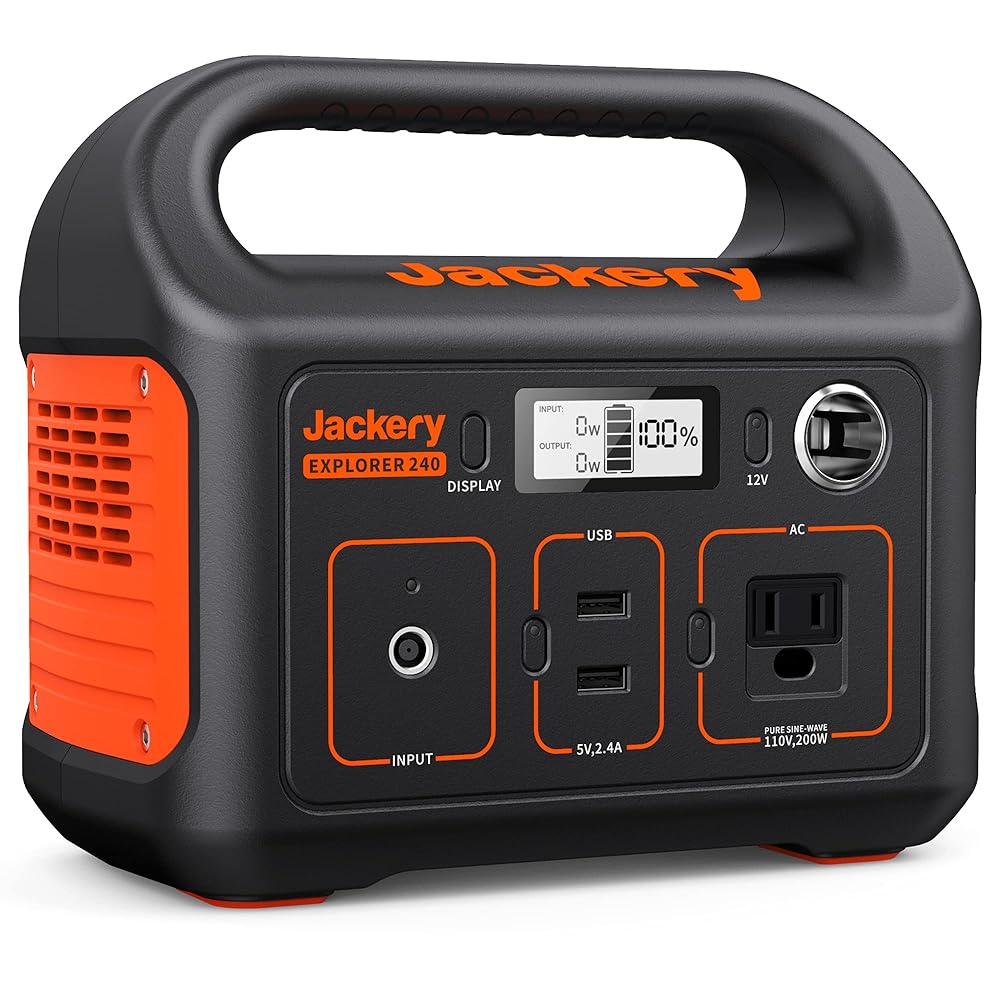

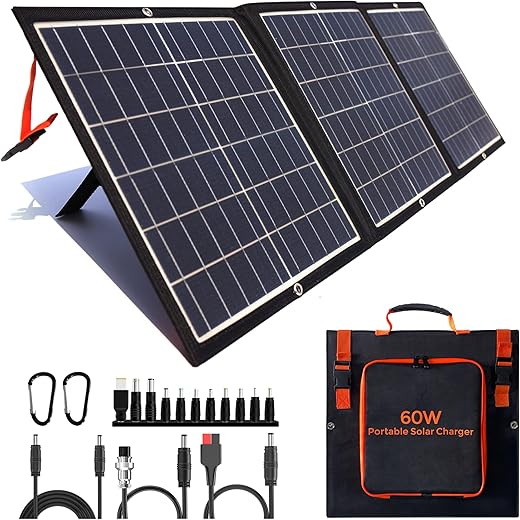
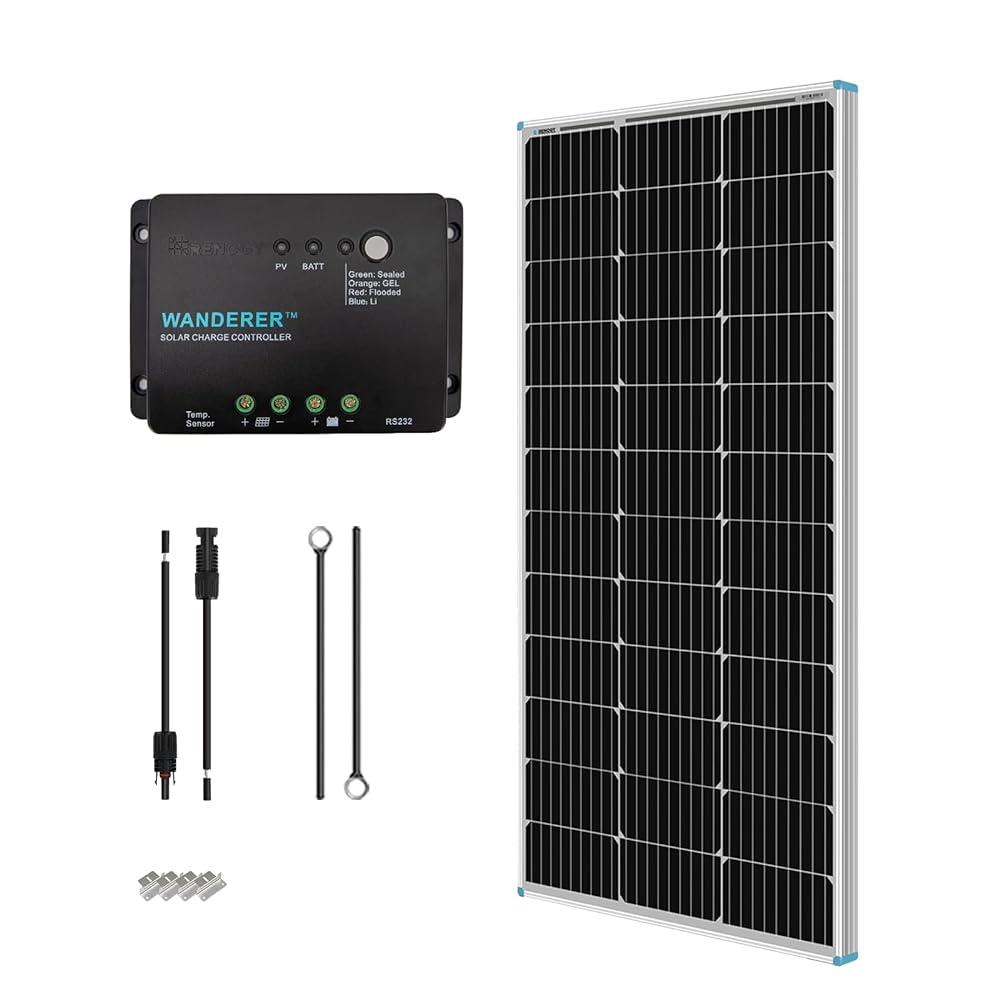
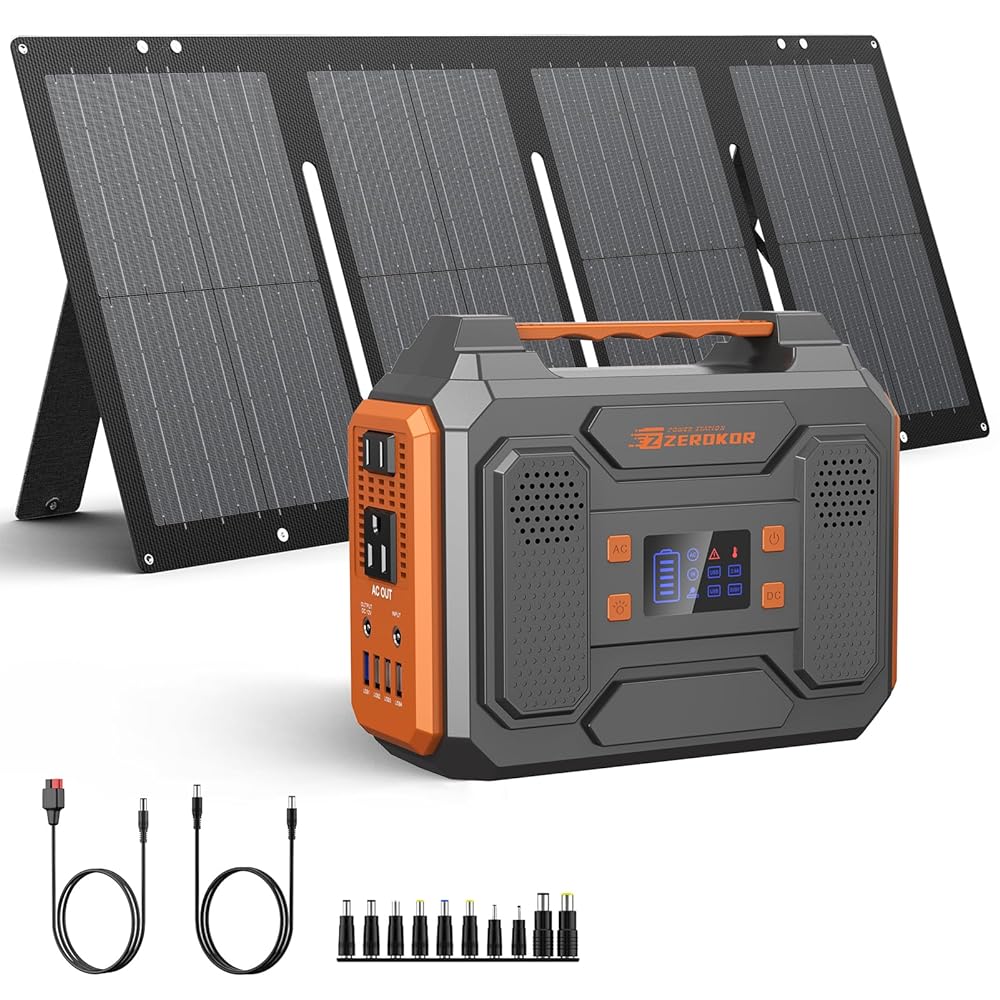
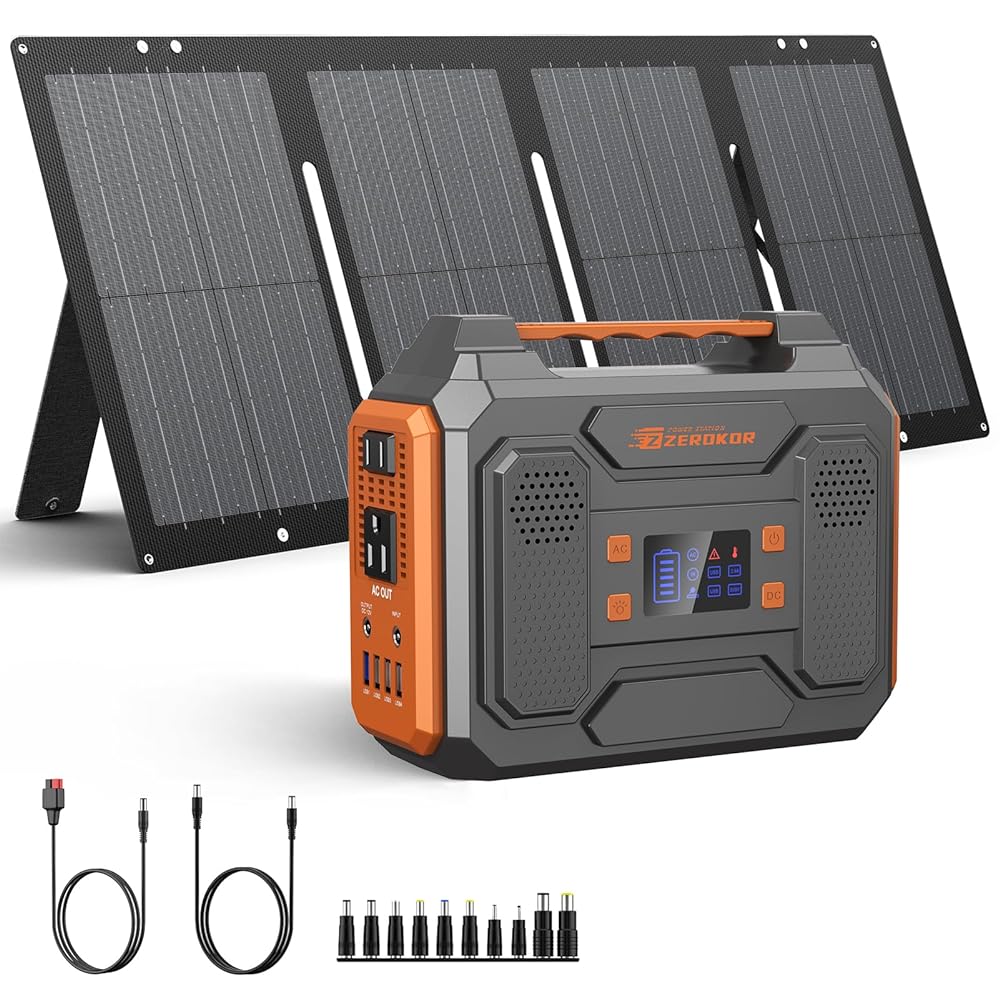
I have been using a Jackery Portable Power Station for a while now, and I can attest to the importance of regular maintenance. It really does make a difference in performance and longevity.
One suggestion I have is to include some troubleshooting tips in case users encounter any issues with their power station. Overall, great article!
This article provides helpful tips on maintaining a Jackery Portable Power Station. I appreciate the step-by-step instructions!
I found the section on cleaning the power station particularly useful. It’s important to keep it free from dust and debris for optimal performance.